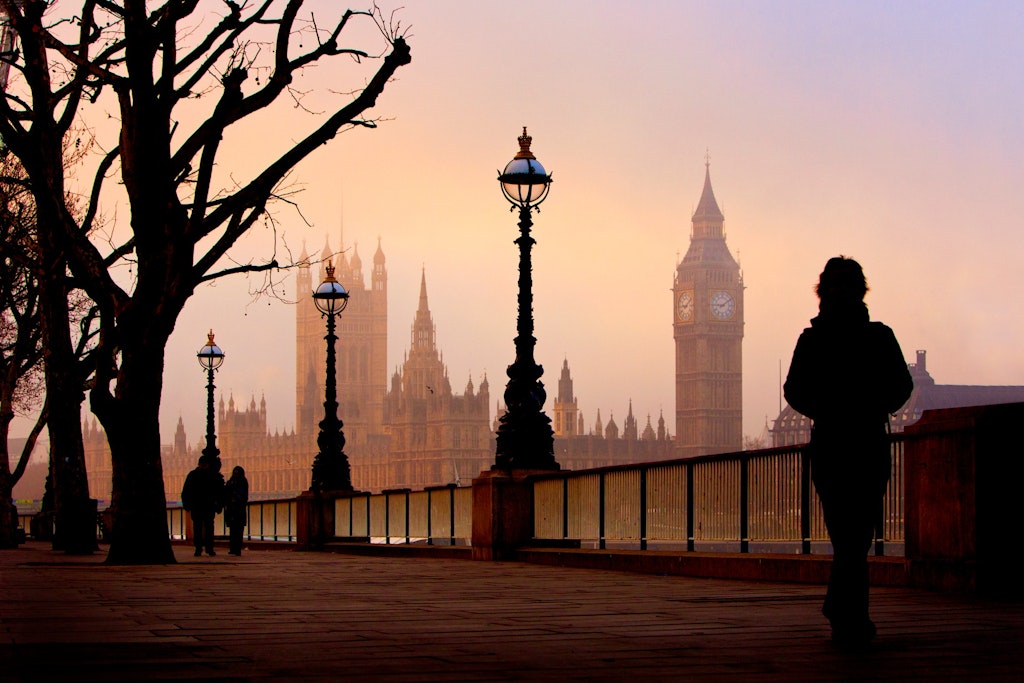How bad is the news on booze?
And how bad are the ideas for curbing consumption?
This week saw confirmation that the spike in alcohol-specific deaths seen during the COVID-19 pandemic of 2020-21 continued into 2022. Figures from the Office for National Statistics show that there were 10,048 such deaths in the UK in 2022, mostly from liver cirrhosis. This was 4.2 per cent higher than in 2021, 33% higher than in 2019 and the highest since records began in 2001.
Although it is widely believed that per capita alcohol consumption rose during the pandemic, it actually fell. Heavy drinkers tended to drink more while moderate drinkers drank less and some people stopped drinking altogether when the pubs shut. The obvious explanation for the rise in deaths is that the boredom of lockdowns and the stress of the pandemic drove some people to drink life-threatening amounts of alcohol and that alcoholics were unable to access face-to-face treatment.
The increase in deaths in 2022 is more of a puzzle. Although there were no Covid restrictions, higher rates of consumption among some drinkers continued. There is some evidence that the figure for 2023 will be lower, but there is no sign of it coming down to pre-Covid levels. The number of people drinking a dangerous amount of alcohol (not just exceeding the Chief Medical Officer’s ridiculous guidelines, but actually drinking more than is good for them) is still higher than in 2019.
The neo-temperance lobby has reacted in predictable fashion. Richard Piper, CEO of Alcohol Change UK, called for “proper regulation of alcohol marketing, clearer alcohol labelling, and a minimum price for a unit of alcohol”. In Scotland, where the alcohol-specific death rate is 56 per cent higher than in England, the state-funded pressure group Scottish Health Action on Alcohol Problems demanded “a package of measures which tackle pricing, marketing and availability of alcohol on a population-wide scale”.
When all you have is a hammer, everything looks like a nail. You can’t blame campaigners for not letting a crisis go to waste, but there are some glaring problems with both the diagnosis and the prescription here.
Firstly, Scotland already has a minimum price for alcohol. In her response to the latest set of figures, Alison Douglas, CEO of Alcohol Focus Scotland, was reduced to lamenting that her country had by far the highest rate of alcohol-specific deaths in the UK “despite the lifesaving impact of minimum unit pricing”. Having spent years insisting that minimum pricing would be a game-changer, the most Alcohol Focus Scotland can now boast is that the number of drinking deaths in Scotland rose less sharply during the pandemic than they did in the rest of the UK. But even that is highly debatable. Measuring the rise in percentage terms flatters Scotland because Scotland’s rate was already much higher in 2019. In absolute terms, Scotland has done worse than any other part of the UK. Between 2019 and 2022, Scotland saw an extra 4.1 alcohol-specific deaths per 100,000 people while England saw an extra 3.7 deaths per 100,000. In Wales, the figure was 3.5 per 100,000 and in Northern Ireland it was just 0.8 per 100,000.
Secondly, Wales also has minimum pricing. Those who campaign for minimum pricing tend to ignore the Welsh experience because it was so clearly a flop, but it has had a minimum price of 50p per unit since April 2020 — towards the start of the first lockdown — and yet it has seen a rise in alcohol-specific deaths that is virtually indistinguishable from England’s and much higher than Northern Ireland’s.
Thirdly, the spike in drink-related deaths that started in 2020 had nothing to do with “pricing, marketing and availability”. Alcohol did not get any cheaper in 2020 and the amount of alcohol advertising plummeted during lockdown. With all the pubs, clubs and restaurants shut for months, it can hardly be claimed that alcohol became more available. If these factors were not the cause of the problem, why should we expect measures taken against them to be the solution?
Whatever is behind the rise in alcohol-specific deaths, it was not the result of everybody drinking more
Finally, as already mentioned, overall alcohol consumption declined after 2019. Alcohol-specific deaths rising while per capita alcohol consumption declines contradicts a core belief of the “public health” lobby; that there is a direct correlation between consumption and harm that requires “population-wide” measures. The experience of the last few years shows just the opposite. Whatever is behind the rise in alcohol-specific deaths, it was not the result of everybody drinking more, nor was it related to the crude economic variables that “public health” people are obsessed by despite not really understanding.
If I had to guess, I would say that the continued rise in drink-related deaths in 2022 can be blamed on the long tail of heavy drinking habits developed in lockdown, on NHS backlogs and on a WFH culture in the public sector that prevented face-to-face treatment for addictions long after COVID-19 has ceased to be a major health threat. I don’t claim to have all the answers but then I’m not paid to develop effective public health strategies.
The alleged experts saw none of this coming. Yesterday, Colin Angus of the Sheffield Addictions Research Group (SARG) admitted that a predictive model he and his colleagues published two years ago had vastly underestimated the rise in alcohol-specific deaths. Not only had they wrongly assumed that overall alcohol consumption increased during the pandemic, but their estimates “only account[ed] for changes in alcohol consumption” and did not attempt to predict the impact of “difficulties in accessing healthcare services”, “difficulties accessing specialist alcohol treatment services” and “many other factors”. By ignoring human behaviour, it spewed out forecasts that were completely useless. Angus deserves credit for admitting that there was a “gap between our estimates and reality”, but what was the point in the NHS funding such research in the first place? Even if the model had been more accurate, what good would it have done?
Under its previous name of the Sheffield Alcohol Research Group, SARG modelled the impact of minimum pricing and lowering the drink-driving limit. Those models turned out to be equally hopeless. Since models are only as good as the assumptions fed into them, these repeated failings point to a systemic problem in the way the modern “public health” lobby thinks about alcohol. For example, anyone could have told them that minimum pricing would have the least effect on the heaviest drinkers. The model said the opposite because that’s what “public health” academics believe, but the normies were right.
The inadequacy of “population-wide” measures — and minimum pricing in particular — has been plain to see in recent years and yet the Scottish government is about to increase the minimum price to 65p and “public health” academics have seized on this week’s bad news to call for the usual roster of unevidenced and ideological policies that have never worked anywhere. Sacking them all and putting the money into treatment would be a better idea.
Enjoying The Critic online? It's even better in print
Try five issues of Britain’s newest magazine for £10
Subscribe














